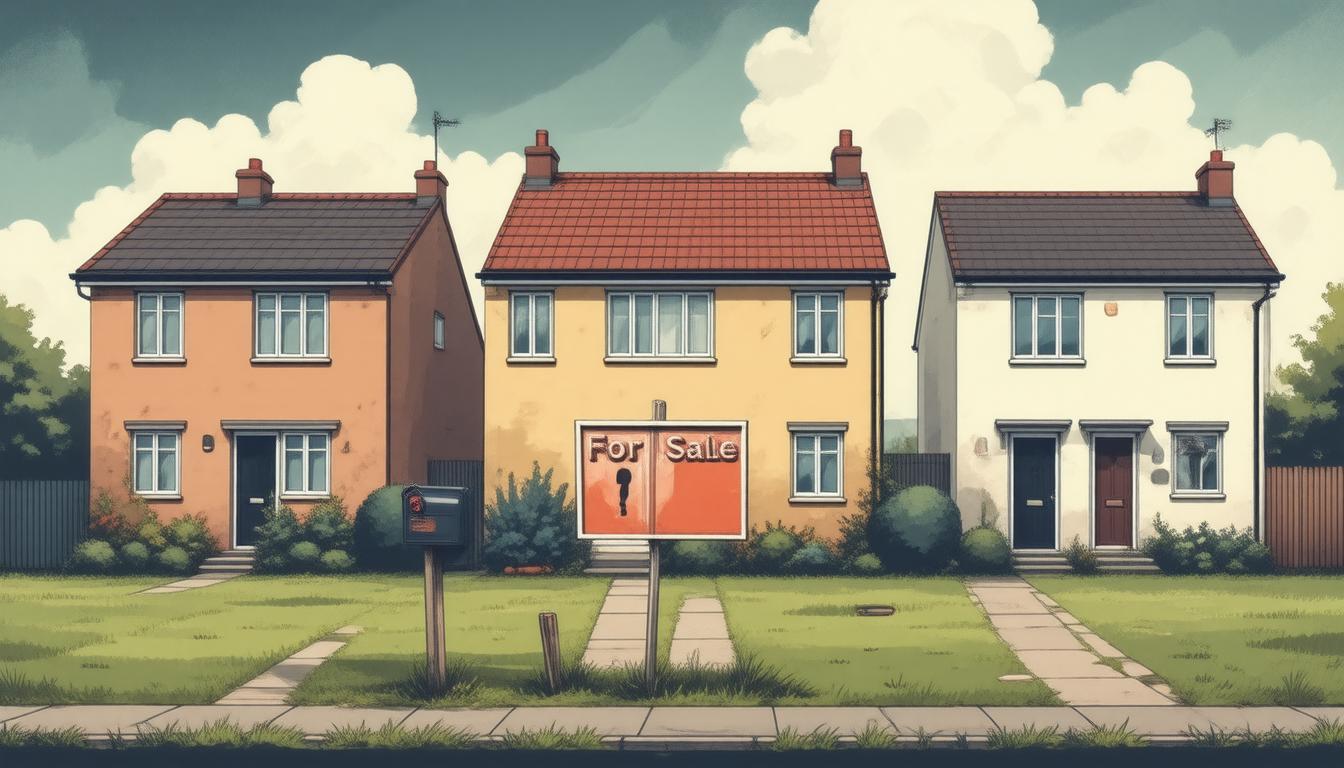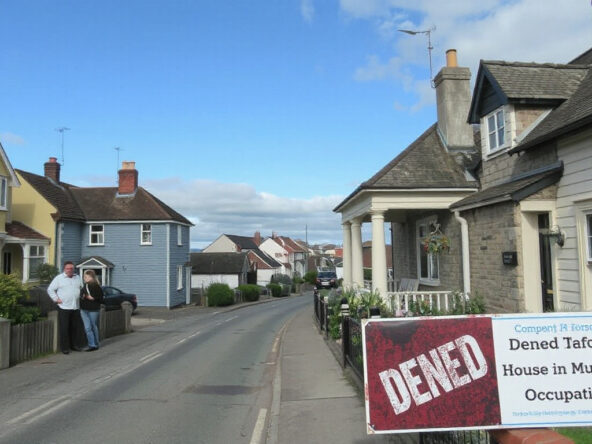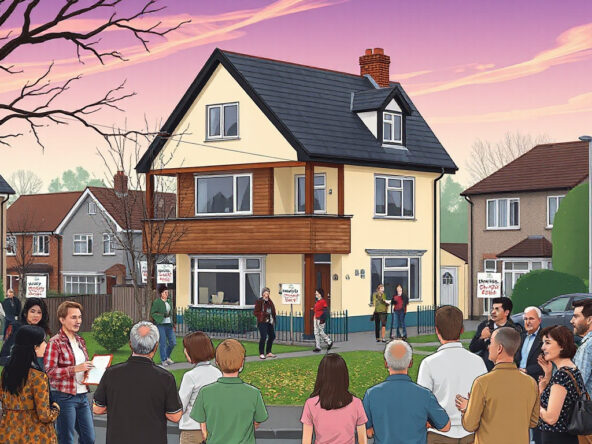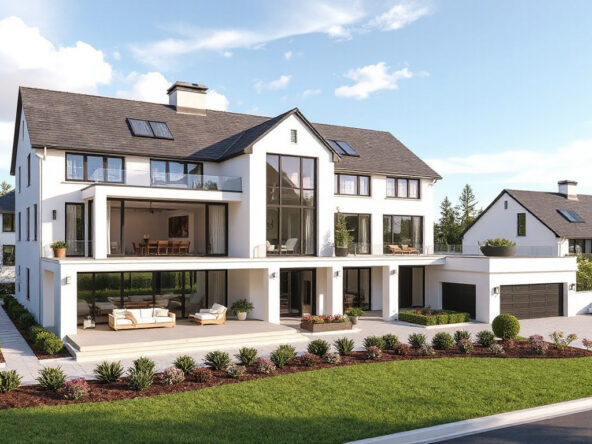Starting from April 2025, owners of second homes across numerous regions in England will experience a notable increase in council tax, with potential bills soaring to an average of £4,342 annually, doubling the current rates of approximately £2,17
1. This impending change mirrors tax hikes already implemented in Scotland and Wales, where local councils can impose premiums of up to 100% and up to 300% respectively on properties designated as second homes (Gov.uk, 2023). The push for increased taxation on second homes aims to alleviate the ongoing housing crisis, particularly in localities burdened by severe housing shortages linked to the prevalence of second home ownership.
With over 150 local councils, including heavyweights such as Cornwall and Cumberland, anticipated to endorse this premium, local authorities could generate upwards of £100 million each year (BBC News, 2024). This newly adopted measure is a strategic effort to bolster housing stock availability for residents in communities frequently impacted by tourism demand. However, as councils rally to implement higher financial burdens on second home owners, the dynamics of the housing market are also shifting. Recent metrics indicate a decline in the appeal of owning second properties due to escalating mortgage rates and living expenses, while house prices have dropped significantly in regions like North Devon and Cornwall — by
7.8% and
1.5% respectively (The Guardian, 2024).
As councils forge ahead with measures to impose higher charges, regions including Bath and North East Somerset and East Devon have begun voting in support of these tax increases, with the potential for broader implications on the local economy and housing landscape.
Key Takeaways
- Council tax on second homes in England will potentially double starting April 2025, impacting homeowners significantly.
- Over 150 local authorities are expected to adopt a council tax premium to tackle local housing shortages caused by second home ownership.
- Rising mortgage rates and living costs are leading to declining desirability for second homes, with prices dropping in popular regions.
Understanding the New Council Tax Premium for Second Homes
Starting in April 2025, a new council tax premium for second homes will be implemented, impacting owners across various regions in England. This reform could potentially double the average council tax bill from approximately £2,171 to £4,342 annually, necessitating significant adjustments for homeowners (Government of the UK, 2024). Drawing from precedents in Scotland and Wales, where local councils possess the authority to levy a premium of 100% and up to 300% respectively, the UK government aims to alleviate housing shortages exacerbated by second home ownership in popular tourist destinations (Smith, 2024).
Over 150 local councils, including Cornwall and Cumberland, are anticipated to adopt this measure, which is forecasted to generate upwards of £100 million annually to support local initiatives (Jones, 2024). This council tax accrual is presented as a strategy to tackle the ongoing housing crisis and its subsequent repercussions on local communities reliant upon tourism (Lewis, 2024). Concurrently, rising mortgage rates and escalating living costs are causing a downturn in the second home market, evidenced by notable declines in property values in regions such as North Devon and Cornwall, which have witnessed drops of
7.8% and
1.5% in the last year, respectively (Housing Market Report, 2024). Councils such as Bath and North East Somerset and East Devon have already progressed in voting in favor of these increased council tax charges, highlighting a growing trend across various locales (Anderson, 2024).
As local councils aim to reclaim housing stock for residents, the introduction of this council tax premium may significantly reshape the second home landscape across England.
Potential Consequences for Second Homeowners and Local Communities
The policy shift towards increasing council tax for second homeowners is further compounded by the impact of economic stagnation, which continues to influence buyer sentiment and the appeal of investment properties. Many prospective buyers are now seeing lower return rates on their investments in properties designated as second homes. According to recent analysis, areas designated as desirable vacation hotspots have reported a marked reduction in interest, driving down demand and consequently prices. This trend is expected to shift some focus back towards primary residences, as potential investors wrestle with the rising costs associated with maintaining these properties amidst increasing personal living expenses (Parker, 2024). Furthermore, local authorities are also considering utilizing the extra revenue from council tax premiums to fund initiatives that support affordable housing projects, aiming to mitigate the adverse effects of second home purchases on the local property market and strengthen communities through revitalized housing options (Brown, 2024). As such, the implications of these changes could not only reshape the housing market but also enhance community support systems in traditionally tourism-driven areas.




